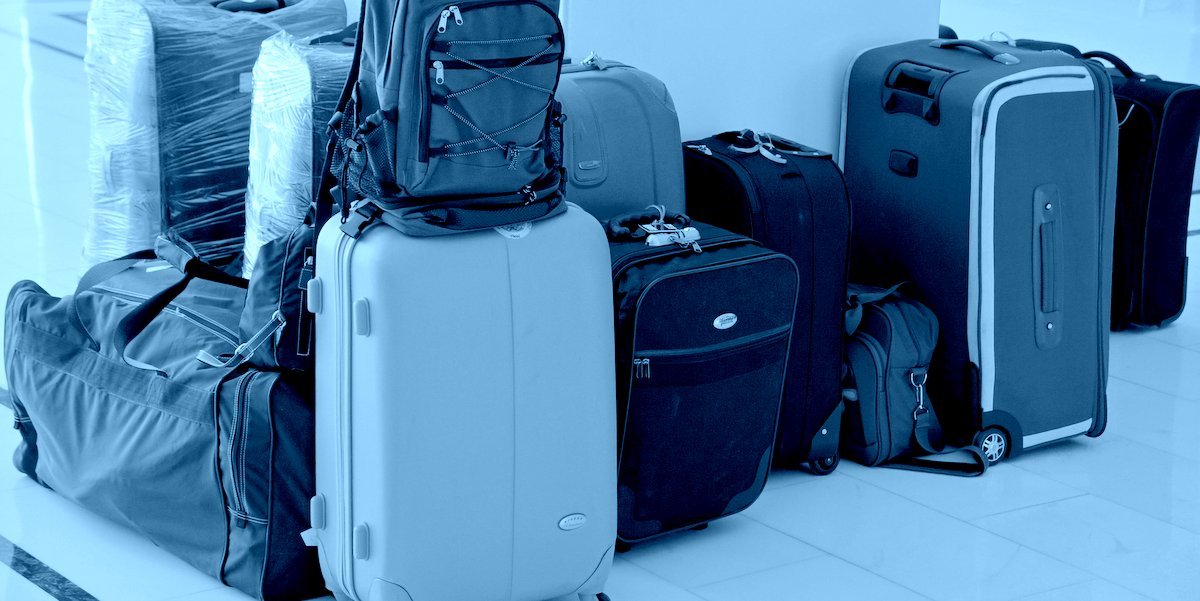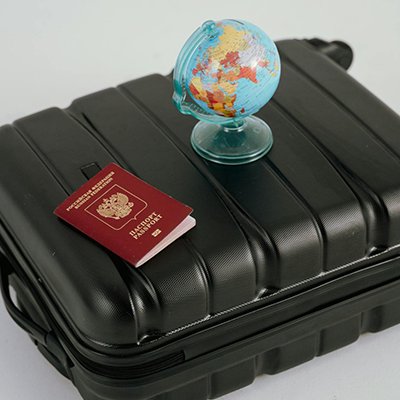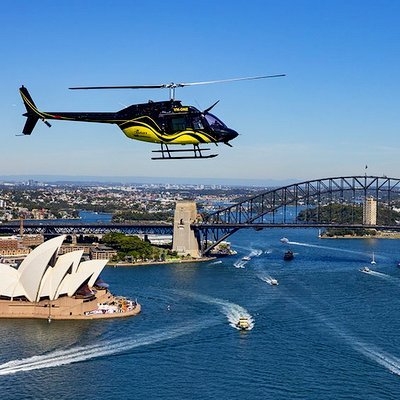How to Choose the Right Luggage for You
It may exciting to book flights, search for hotels and plan your trip, but before you jet off around the world, it’s important to take some time to select the best luggage to suit your needs. Rather than simply selecting the first bag that you come across, carefully considering the right baggage for your needs can save you time, money and stress in the long run. To make it easier, we’ve pulled together a list of simple tips to help you to choose the right luggage for you.

Backpack or suitcase?
Unless you are planning on trekking across rough terrain that would make wheeling a suitcase difficult, we would always recommend travelling with a suitcase – even for those who may consider themselves ‘backpackers’. If you are planning on living out of your bag for the duration of your trip, it will be far easier to access all of your belongings when opening a suitcase as opposed to only having to empty your entire backpack to reach the items that aren’t packed at the top. It is also far easier to push or pull your suitcase than it is to struggle with the weight of a bag on your back.
Carry-on or check in?
Do you need a large suitcase to check into the hold of the plane, a smaller bag that you can store in the overhead compartments, or one of each?
If you’re searching for the perfect suitcase for taking onto the plane with you, ensure that you check your specific airlines regulations for the maximum size of bag that you’re allowed to carry onto the plane. Sizing regulations can vary drastically between airlines, with budget airlines in particular having very strict guidelines. We recommend selecting a soft-shell bag for your carry-on, as there is some flexibility in their design, meaning that it will be easier to squeeze it into small spaces.
When selecting a suitcase to check into the hold of a plane, consider its durability and how fragile the contents of the bag will be. The luggage handlers won’t pay any notice to stickers asking them to take care of your bag, they just want to get their job done as quickly and efficiently as possible – which means your suitcase is likely to be thrown around, dropped and potentially exposed to sharp objects. If there’s nothing fragile inside your suitcase, opt for a high quality and lightweight nylon bag. If you are packing objects that are breakable, wrap them up carefully inside a polycarbonate bag, a choice which is also lightweight but could get scratched during transit.
Consider the items that you will be packing
Will you be taking your laptop or iPad with you on your trip? If so, it’s important to ensure that your suitcase has an easily accessible pouch for you to remove your electronic devices during security checks and for ease of access during your flight. If you will be packing lots of clothes that you would like to keep wrinkle-free, consider a suitcase with straps and compartments that will help to hold your garments in place. As mentioned above, if there are any fragile objects that you will be packing, perhaps opt for a hard-shell suitcase to best protect them.
Easily identifiable
There’s nothing worse than being stood at the carousel unable to remember what your bag looks like or noticing that every other suitcase looks just like yours. Opt for an easily recognisable design in a bright colour or print that you will be able to pick out on the carousel. You could also add luggage straps to make it easier to spot your bag. Avoid pale colours such as white or cream which will quickly get dirty.
How much are you willing to spend?
It’s an obvious fact, but you have to pay for quality. The higher your budget, the more durable and protective your luggage will be. Set a budget for how much you are prepared to spend on your suitcase by considering the items that you will be placing inside it. If you regularly travel for business for your laptop and other valuable items inside your bag, you may be prepared to invest more money in a suitcase than if it was simply filled with clothes for a summer holiday.
Emma Lavelle is a UK based writer and photographer and has her own blog Field and Nest.















